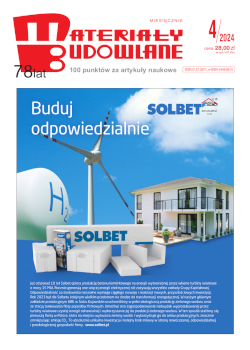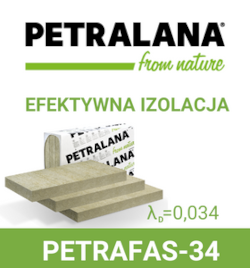Open Access (Artykuł w pliku PDF)
Determining the steel tensile strength based on Leeb hardness measurement
dr inż. Michał Gajdzicki, Politechnika Łódzka, Wydział Budownictwa, Architektury i Inżynierii Środowiska
ORCID: 0000-0003-0555-1648
dr inż. Jakub Miszczak, prof. uczelni, Politechnika Łódzka, Wydział Budownictwa, Architektury i Inżynierii Środowiska
ORCID: 0000-0002-8687-3093
Adres do korespondencji: Ten adres pocztowy jest chroniony przed spamowaniem. Aby go zobaczyć, konieczne jest włączenie w przeglądarce obsługi JavaScript.
DOI: 10.15199/33.2024.03.04
Studium przypadku
Streszczenie. W artykule oceniono, czy na podstawie wyników otrzymywanych z przenośnego twardościomierza Leeba można w dokładny sposób określić wytrzymałość na rozciąganie, która jest podstawowym parametrem pozwalającym na ustalenie gatunku stali. Wykonano pomiary próbek z dwóch różnych gatunków stali, dwóch różnych grubości oraz o dwóch różnych stopniach przygotowania testowanej powierzchni stali. Sprawdzono, czy kierunek wykonywania uderzenia wpływa na otrzymywane wyniki oraz jaka jest zależność pomiędzy twardością stali a stanem naprężeń w badanym elemencie. Otrzymane wyniki na podstawie twardości Leeba porównano z wartością wytrzymałości na rozciąganie uzyskaną z maszyny wytrzymałościowej. Wykazano, że na potrzeby praktyczne możliwe jest ustalenie wytrzymałości na rozciąganie stali na podstawie pomiarów wykonywanych przenośnym twardościomierzem Leeba, wykorzystującym metodę dynamiczną pomiarów.
Słowa kluczowe: twardość Leeba; wytrzymałość na rozciąganie stali; gatunek stali; badania nieniszczące; metoda dynamiczna pomiaru twardości.
Abstract. In this article, it was decided to check whether, based on the results obtained from a portable Leeb hardness tester, the value of tensile strength could be determined in an equally accurate way, so that it would be possible to determine the steel tensile strength. The measurements were performed for samples made of two different steel grades with different tensile strength, two different thicknesses and two different degrees of preparation of the tested steel surface. It was checked whether the direction of impact affects the results obtained and what is the relationship between the hardness of steel and the level of stress in the tested element.All obtained results based on Leeb hardness were compared with the tensile strength values obtained from the testing machine. It has been shown that for practical purposes it is possible to determine the steel tensile strength based onmeasurements performed with a portable Leeb hardness tester using the dynamic measurement method.
Keywords: Leeb hardness; steel tensile strength; steel grade; non-destructive testing; dynamic hardness measurement method.
Literatura
[1] Leeb D. New dynamic method for hardness testing of metallic materials, VDI-Report No. 308, pp. 123-128, 1978.
[2] ASTM-International A956-12, Standard Test Method for Leeb Hardness Testing of Steel Products.
[3] ISO 16859-1 Metallic materials – Leeb hardness test – Part 1: Test method.
[4] DIN ISO 18265Metallic Conversion of hardness values.
[5] Gosowski B, Dudkiewicz J. Hardness of longitudinally- loaded steel elements and its relationship to strength, Archives of Civil Engineering. 1997; 43 (1): 23 – 36.
[6] Dudkiewicz J, Gosowski B. Generalizations of relations between strength and hardenss of steel in structural elements under logitudinal load, Archives of Civil Engineering. 2004; 50: 45 – 67.
[7] PN-EN ISO 6892-1 Metale – Próba rozciągania – Część 1:Metoda badaniaw temperaturze pokojowej.
Przyjęto do druku: 18.01.2024 r.
Materiały Budowlane 3/2024, strona 18-22 (spis treści >>)




























